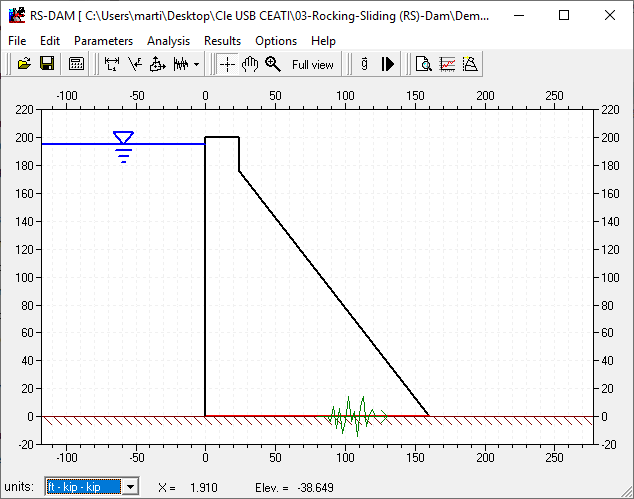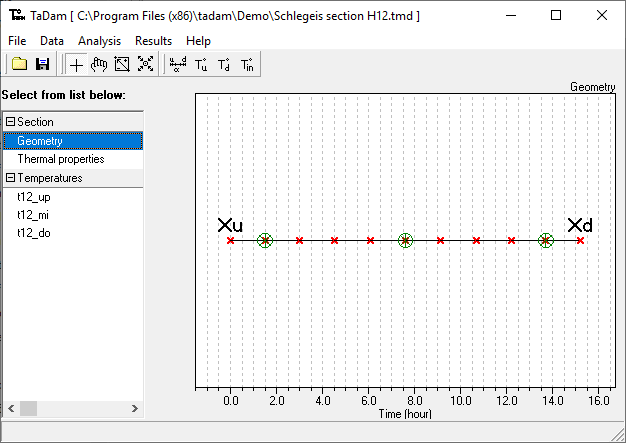Context
The software CADAM (Computer Analysis of Concrete Gravity Dams) was developed from 1999 to 2004 by Mr. Leclerc, M. Eng., research associate at Polytechnique Montréal, in collaboration with Professors Pierre Léger and René Tinawi. CADAM's development, now named CADAM2D, was sponsored by Polytechnique Montreal, the Natural Sciences and Engineering Research Council of Canada (NSERC), Hydro-Québec and Alcan. It is essentially an educational software for the analysis of gravity dams using the gravity method (static and seismic analyses including cracking). More details are available from the following link:
https://cadam3d.ca/downloads.html#cadam2d
Hydro-Québec wanted to expand the analytical possibilities of CADAM2D to treat more complex structures such as spillways or water intakes according to Hydro-Québec’s standard practice that is adapted from CDA (2007, 2013) and USACE (1995)
The CADAM3D software was therefore developed for this purpose in collaboration with Hydro-Québec's engineers and later on with the engineers of CEHQ (Quebec Centre for Hydraulic Expertise) affiliated to the Quebec Ministry of Environment. CADAM3D includes a user-friendly interface to describe gravity structures with complex geometries. Stability analyses under static and seismic loads are carried out using the gravity method. For seismic loads, the pseudo-static method (seismic coefficient) and the pseudo-dynamic (spectral method) are available.
The original version of CADAM2D is complementary to that of CADAM3D for gravity dams with typical standard sections. It also allows probabilistic Monte-Carlo analyses to assess the probability of failure as a function of uncertainties related to loading and resistance.
There are two additional computer programs that are complementary to CADAM3D:
- RS-DAM that is a computer program that was primarily designed to provide a computational tool to evaluate the transient response of a completely cracked concrete dam section subjected to seismic loads. RS-DAM is based on rigid body dynamic equilibrium. It performs a transient rocking and/or sliding analysis of a cracked dam section subjected to either base accelerations or time varying forces. Several modelling options have been included to allow users to explore the influence of parameters (e.g. geometry, additional masses, variation of the uplift force upon rotation, hydrodynamic pressures in translation (Westergaard) and rotation, center of rotation moving with sliding, coefficient of restitution of impact, etc...).

https://cadam3d.ca/downloads.html#rs-dam
- TADAM (Thermal Analysis of concrete DAMs) software employs a new frequency-domain solution technique to solve the 1D thermal transfer problem, allowing the calculation of temperature histories in a concrete dam section. The direct solution calculates the evolution of the temperature distributions from the temperature histories of the upstream and downstream faces. The inverse solution uses temperature histories, measured inside the section, in order to calculate the temperature fields at the external faces, while taking into account the thermal wave attenuation effects and the phase angles along the section.
